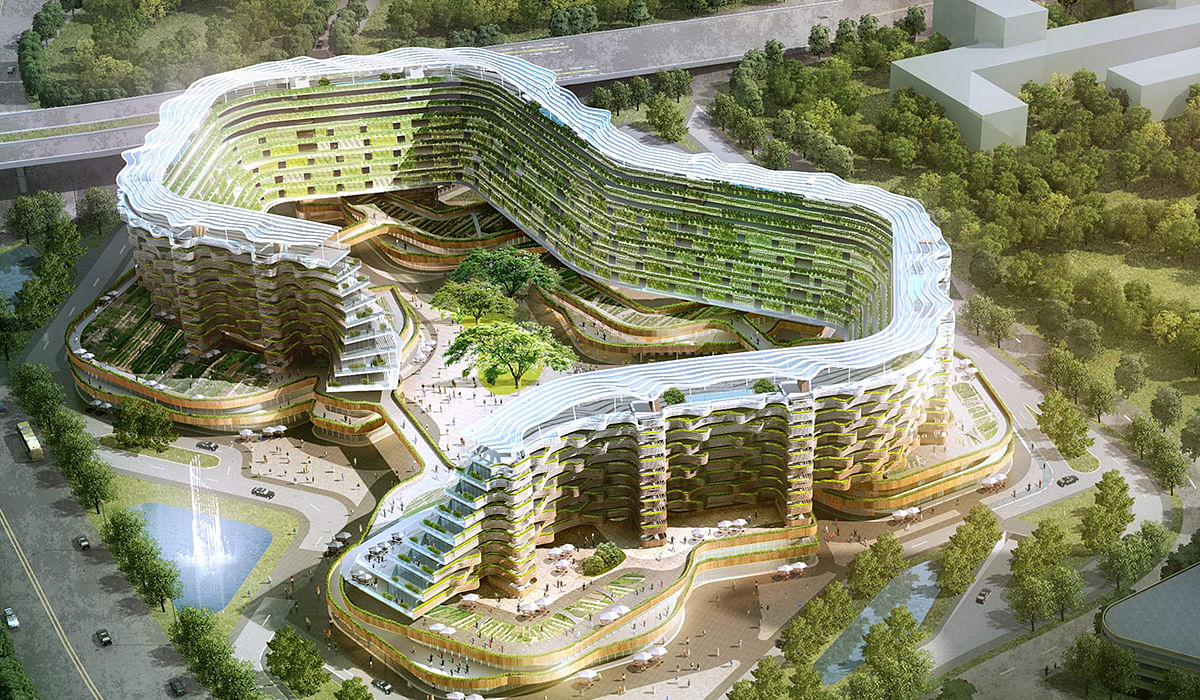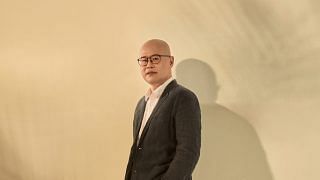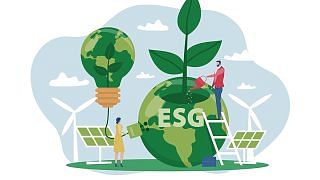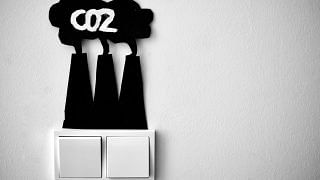Award-winning firm, Spark Architects believes in a fresh approach to urban thinking to create inspirational designs that make a positive contribution to the world around us. With studios in Singapore, Shanghai and London, the practice offers a diverse range of services, from architecture, urbanism and interior design, to landscape design, research and branding.
Spark prides itself on designing socially- and environmentally-sensitive solutions. One such project — Home Farm, explores the next generation of retirement housing.
It addresses issues affecting cities in Southeast Asia, such as aging population and reliance on food importance, by combining a community of homes and health facilities with a vertical urban farm. It won the Future Experimental Category at the World Architecture Festival in 2015, and subsequently in 2016, with a Beach Hut project that uses recycled high-density polyethylene (HDPE), a non-biodegradable plastic, to construct a series of elevated beach huts resembling giant pine cones in Singapore.
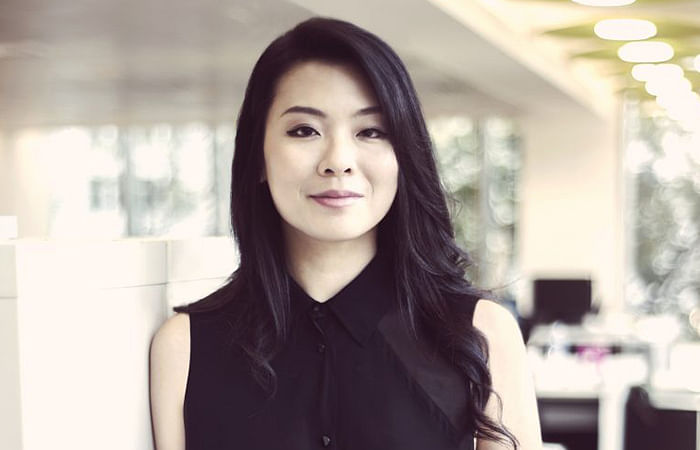
Spark Architects partner, Lim Wenhui, was part of the team that helped the studio clinch these two prestigious titles, along with numerous other award-winning and internationally-lauded projects that span across Asia, Europe and the Middle East, including the Fai-Fah in Bangkok, nominated for the Aga Khan Award, and the Starhill Gallery in Kuala Lumpur, which bagged the German Design Council’s Architect of the Year Award in 2014.
Having worked with the studio for over 12 years, the winner of the Singapore Women’s Weekly Great Women of our Time Award (Design and Style Category) 2016 has been involved with most of its major national and international portfolio and has led several key mixed-use projects.
Wenhui believes in the ethos that “architecture and design should make people’s lives better”, which is exemplified by her contribution to Home Farm and Beach Hut. Her particular interest in social sustainability has put her at the helm of the firm’s research and charity programmes, which collaborate with organisations such as Blue Cross and Fai-Fah to develop designs that support social and sustainable development. Wenhui deciphers the term “Smart” and takes stock of where we are at in terms of embracing Smart technologies and where we are headed.
(Related: Luxury Homes: Future-proof Black Box House features smart technology)
What is the definition of a smart home?
A Smart home is one that is effectively connected to a smart grid, which monitors the supply of critical utility infrastructure. In isolation, homes and buildings are not that smart in that they are not part of a holistic city smart picture and they are not working effectively in unison.
How do Smart homes benefit the environment and contribute to sustainability?
One way is by reducing energy consumption, which will support the United Nation’s ambition to reduce global warming to 1.5 degrees.
What is your view of home and structures constructed using recycled or even waste materials, such as Spark’s Pine cone-like beach huts built from HDPE Plastics?
New recycled and organically grown materials that minimise waste and transportation will become more prevalent. The real estate and construction industry is one of the most energy inefficient and wastefully consumptive. We must change the prehistoric practice of delivering hallowed glass towers that are grossly materially and energy inefficient.
What are some of the most pressing issues that Southeast Asian cities, including Singapore, are grappling with? How can the design of the built environment address these issues?
Land availability and its cost in Singapore is making it unaffordable for the general population. Singapore has achieved its world city peak status and wondering, along with cities such as Hong Kong, where it will go next. The new Smart city generations will be followers of EF Schumacher, eschewing consumerism in favour of “Small is Beautiful”, the slow recovery of the traditional Asian family unit and the convivial Kampong.
What is the climate for Smart buildings and homes like in Southeast Asia?
Nobody really understands the Smart city, Smart building paradigm and its implications. Technology is changing society at a faster pace than we have ever, as a race, experienced. We are and will be disrupted to a point where all we take for granted will be challenged.
(Related: Hot Seat: How to boost AI ecosystem for Singapore to become Smart Nation)
How is Singapore faring in terms of the development of Smart buildings and homes?
Smart systems are at the add-on, sales pitch gimmick stage of development. Brave developers are employing and installing Smart systems that will be ripped out in a few years as technology advances to control more than just communal area lighting systems.
Do Smart buildings and homes cost more to build and to maintain?
Of course, most innovative new technological systems are expensive until they become ubiquitous. They are simply part of a continuous cycle of invention that hopefully make places more liveable, efficient and less time consuming.
What are some of the most common misconceptions about Smart homes and buildings?
That they are currently smart and connected. The systems are in their infancy, not that smart and rather isolated in their use.
Does “smart” necessarily always involve the use of technology? Can low-tech be smart?
Low-tech generally tends to imply a passive means of controlling parameters, such as energy consumption via natural ventilation, appropriate building orientation and good daylighting.
I would suggest that this is shrewd rather than smart. Smart, in the context that I understand, is technical parlance for positive control and information sharing via technological connectivity.
This article was originally published in Home & Decor.
(Related: The art of sustainable design)



